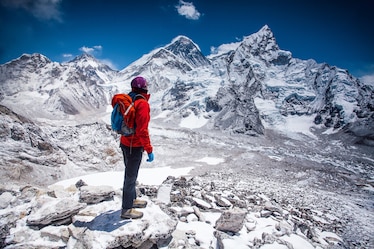
In the world of solo backpacking, being well-prepared is essential for a successful and safe journey. From gear checklists to emergency shelters, this article presents a comprehensive guide to the seven vital essentials every solo backpacker should have.
Covering everything from food planning and water purification to navigation tools and first aid kits, this expertly crafted article provides detailed and informative insights into the must-have items for any solo backpacking adventure.
Gear Checklist
The gear checklist is an essential component of solo backpacking, ensuring that all necessary equipment is properly prepared and accounted for. When embarking on a solo backpacking trip, it is crucial to have a comprehensive gear checklist to ensure a safe and successful journey.
One of the key elements to consider is food storage. Properly storing food is essential to prevent attracting wildlife and to maintain freshness throughout the trip. This may include using bear canisters or hanging food bags from trees.
Additionally, sleeping arrangements are crucial to ensure a good night's rest and protection from the elements. This may involve a lightweight tent or hammock, a warm and comfortable sleeping bag, and a sleeping pad for insulation and comfort.
Food Planning
When it comes to food planning for solo backpacking trips, it's important to consider your calorie requirements and limits. You need to ensure that you have enough energy to sustain yourself throughout the journey, while also being mindful of the weight and space constraints of your backpack.
Lightweight and compact options are ideal, as they allow you to carry more food without adding excessive weight.
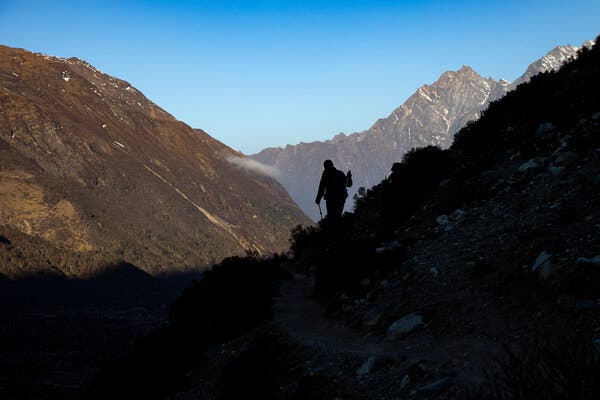
Additionally, mastering meal preparation techniques that are quick and efficient can help you make the most of your limited resources while on the trail.
Calorie Requirements and Limits
To ensure adequate nutrition while on a solo backpacking trip, it is essential to carefully plan and meet the recommended daily calorie requirements.
Calorie intake plays a crucial role in providing the energy needed to sustain physical exertion during outdoor activities. The exact calorie requirements vary depending on factors such as age, sex, weight, and activity level. Generally, it is recommended to consume around 2,500 to 4,500 calories per day while backpacking, with higher amounts for more strenuous trips.
It is important to prioritize nutrient-dense foods that provide a balance of carbohydrates, proteins, and fats. These foods should be lightweight, easy to prepare, and have a long shelf life.
Consider carrying items such as nuts, dried fruits, energy bars, dehydrated meals, and powdered drinks to meet your nutrition requirements while keeping your backpack weight manageable.
Lightweight and Compact Options
Optimize your food planning for solo backpacking trips by prioritizing lightweight and compact options that will keep you fueled and energized throughout your adventure. When it comes to lightweight and compact options for food, there are several key considerations to keep in mind:
Dehydrated meals: These meals are lightweight, easy to prepare, and packed with nutrition. They are a convenient option for backpackers as they require minimal storage space and can be rehydrated with hot water.
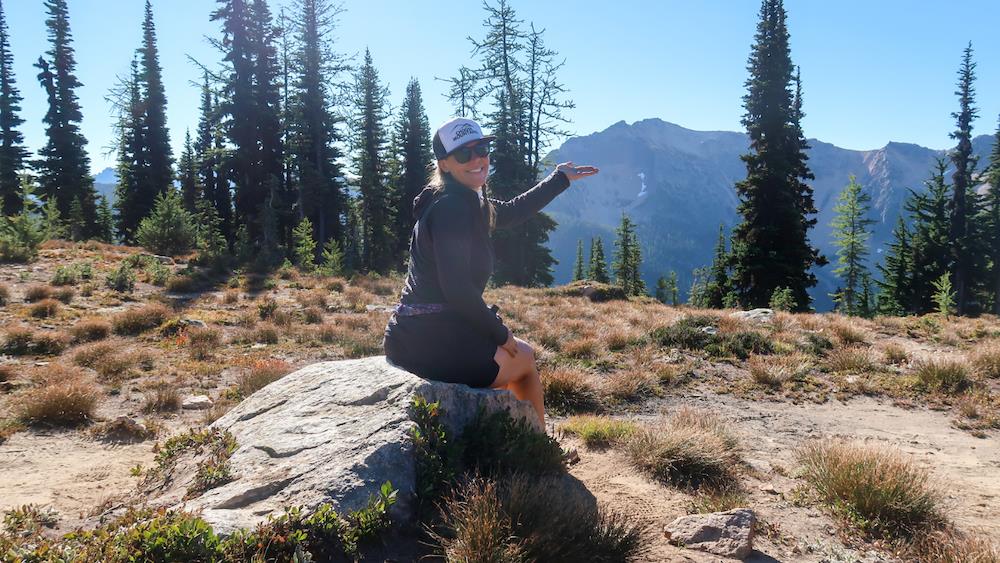
Energy bars: These compact and lightweight bars are a great source of quick energy and nutrients. Look for options that are high in calories and protein to keep you fueled during long hikes.
Instant coffee or tea: A small pack of instant coffee or tea can provide a comforting hot beverage in the morning or after a long day of hiking. These packs are lightweight and take up minimal space in your backpack.
Meal Preparation Techniques
To ensure efficient meal preparation techniques and effective food planning for solo backpacking trips, it is important to consider a few key factors.
First and foremost, it is crucial to plan your meals based on your calorie requirements and limits. Backpacking requires a significant amount of energy, so it is essential to pack lightweight, high-calorie foods that will provide you with the necessary fuel. Consider foods like nuts, dried fruits, energy bars, and dehydrated meals that are easy to carry and have a long shelf life.
Additionally, invest in a lightweight stove and cookware set that will allow you to prepare hot meals and drinks on the go. Don't forget to pack utensils, a multi-purpose knife, and a compact water filter to ensure you have access to clean drinking water.
Water Purification
Water purification is essential for solo backpackers to ensure safe drinking water in outdoor environments. When venturing into the wilderness, it's crucial to have the right equipment to filter and purify water. Here are three key methods for water purification:
Water Filtration: This method involves passing water through a filter to remove impurities such as bacteria, protozoa, and debris. Backpackers can choose from various types of filters, including pump filters, gravity filters, and straw filters. It's important to consider the filter's pore size and flow rate when selecting one.

Chemical Treatment: Backpackers can use chemicals like chlorine dioxide tablets or iodine to kill bacteria, viruses, and other pathogens. While this method is lightweight and easy to use, it may leave an unpleasant taste in the water.
UV Sterilization: Portable UV purifiers use ultraviolet light to destroy harmful microorganisms in water. This method is effective against bacteria, viruses, and protozoa. However, it requires batteries or a power source.
First Aid Kit
When venturing into the wilderness, solo backpackers must prioritize their safety by carrying a well-stocked first aid kit.
A comprehensive first aid kit is essential for providing immediate medical care in case of emergencies or injuries during a solo backpacking trip. The kit should include a range of first aid supplies such as adhesive bandages, gauze pads, adhesive tape, antiseptic wipes, tweezers, scissors, and pain relievers. It is also important to include items for treating specific injuries such as blister pads, burn ointment, and a splint.
Additionally, it is recommended to carry a manual or guidebook on first aid procedures to assist with emergency medical care.
When it comes to solo backpacking, having the right navigation tools is crucial for a safe and successful trip. One of the key considerations is whether to rely on traditional maps or use a GPS device.
Additionally, a compass and altimeter are essential tools for accurate navigation, especially in remote areas where GPS signals may be unreliable.
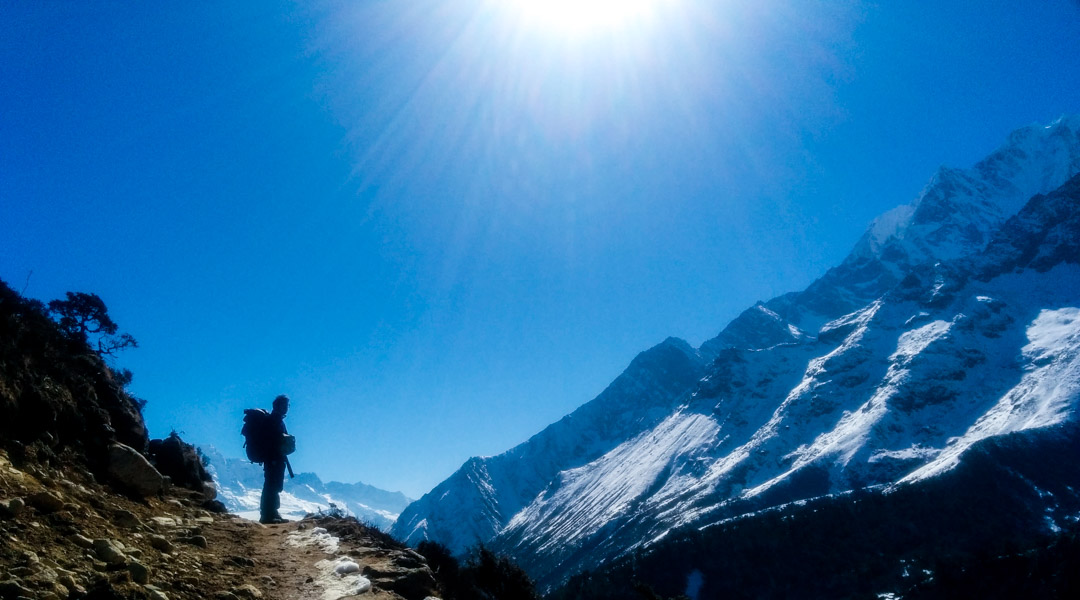
Lastly, proper route planning is of utmost importance to ensure that you stay on track and reach your destination safely.
Maps Vs. GPS
The use of maps and GPS devices as navigation tools is crucial for solo backpackers. When it comes to choosing between maps and GPS, each option has its pros and cons.
- Maps
- Pros:
- Reliable: Maps do not require batteries or signal, making them a dependable option.
- Big Picture: Maps provide a broader view of the surroundings, allowing backpackers to plan their route more effectively.
- Ease of Use: With proper orientation skills, maps can be straightforward to read and interpret.
Cons:
Limited Detail: Maps may lack specific details, such as recent trail updates or real-time information.
Bulky: Carrying physical maps can add weight and take up space in a backpack.
Weather Sensitivity: Maps can become damaged or illegible in wet or windy conditions.
GPS
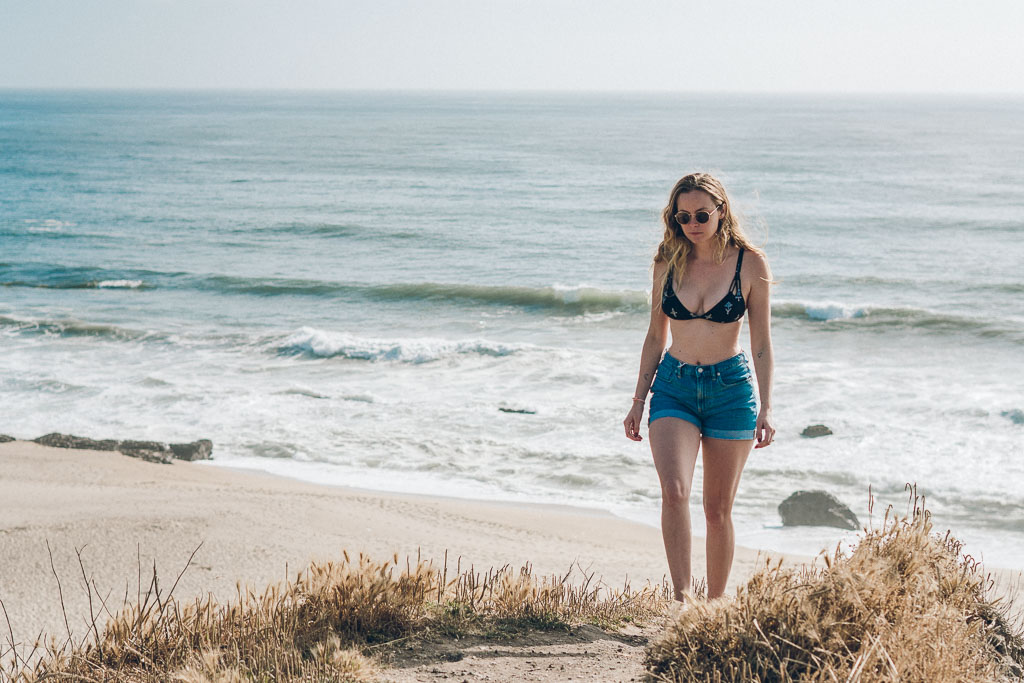
Pros:
Accuracy: GPS devices provide precise location tracking, ensuring backpackers stay on the right path.
Real-time Information: GPS devices can offer updated trail conditions, weather forecasts, and points of interest.
Compact: GPS devices are often lightweight and compact, saving valuable space in a backpack.
Cons:
- Battery Dependency: GPS devices require batteries or a power source, which can be a limiting factor on longer trips.
- Signal Reliance: GPS devices rely on a strong satellite signal, which may be affected by dense tree cover or canyons.
- Learning Curve: Understanding and operating a GPS device may require some initial learning and familiarity.
Ultimately, the choice between maps and GPS depends on personal preference, the specific backpacking trip, and the individual's comfort level with each tool.
It is often beneficial to carry both as backups, ensuring navigation options in case of technical failure or unforeseen circumstances.
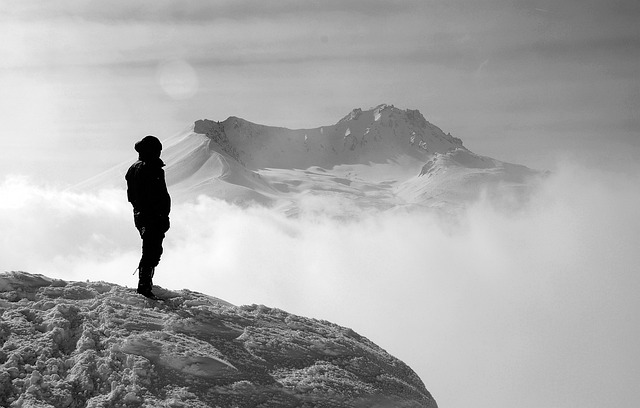
Compass and Altimeter
Maps and GPS devices are essential navigation tools for solo backpackers. Another crucial tool to consider is a compass and altimeter.
While maps and GPS provide valuable information about the surrounding area and help in determining the correct direction, a compass and altimeter offer additional benefits.
A compass is a simple yet effective tool that enables backpackers to determine their direction even in areas with limited visibility or when electronic devices fail. It works by aligning with the Earth's magnetic field, allowing users to find their bearings accurately.
On the other hand, an altimeter measures the altitude or elevation of a location. This information is crucial for route planning, especially in mountainous terrain where the elevation can vary significantly.
Importance of Route Planning
Effective route planning is essential for solo backpackers, as it ensures a seamless and organized navigation, utilizing the necessary tools such as compasses and altimeters.
Route mapping plays a crucial role in this process, allowing backpackers to chart their course and anticipate potential challenges. By carefully analyzing the terrain, backpackers can determine the best path to take, avoiding difficult or dangerous areas.
Terrain analysis is a vital component of route planning, as it helps backpackers assess the elevation changes, water crossings, and potential hazards they may encounter along the way.
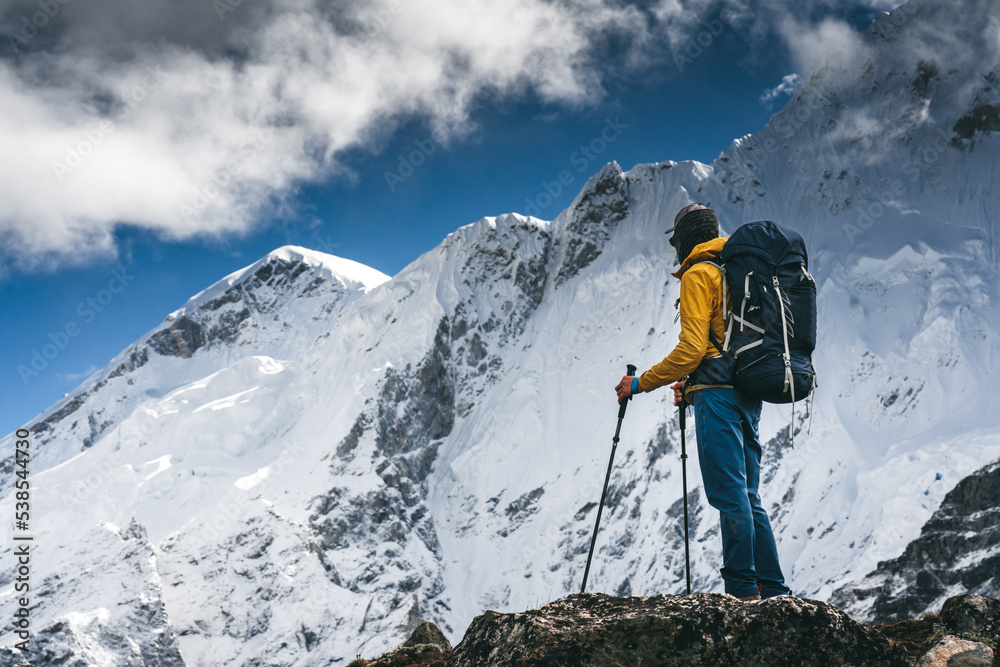
By considering factors such as weather conditions and available water sources, backpackers can make informed decisions about their route, ensuring a safe and enjoyable journey.
Effective route planning not only enhances navigation but also contributes to a successful solo backpacking experience.
Emergency Shelter
Utilizing proper shelter is crucial in ensuring the safety and well-being of solo backpackers in emergency situations. When facing unexpected circumstances such as extreme weather or getting lost, having the right emergency shelter can make all the difference.
There are various types of emergency shelters available, each designed to provide protection and insulation. Tents, bivvy bags, and emergency blankets are among the most common options. Tents offer a more durable and comfortable option, while bivvy bags provide lightweight and compact protection. Emergency blankets, on the other hand, are lightweight and versatile, reflecting body heat to keep you warm.
It is important to practice setting up these shelters before your trip and familiarize yourself with survival techniques such as choosing a suitable location and anchoring your shelter securely. Being prepared with the right emergency shelter can greatly increase your chances of surviving in the wilderness.
Fire Starters
One essential tool for solo backpackers in emergency situations is a reliable fire starter. When it comes to fire safety and outdoor cooking, having the right fire starter can make all the difference. Here are three essential types of fire starters that every solo backpacker should consider including in their gear checklist:
Ferrocerium Rod: This compact and lightweight fire starter produces sparks when struck against a rough surface. It is durable, weather-resistant, and can be used in various weather conditions.
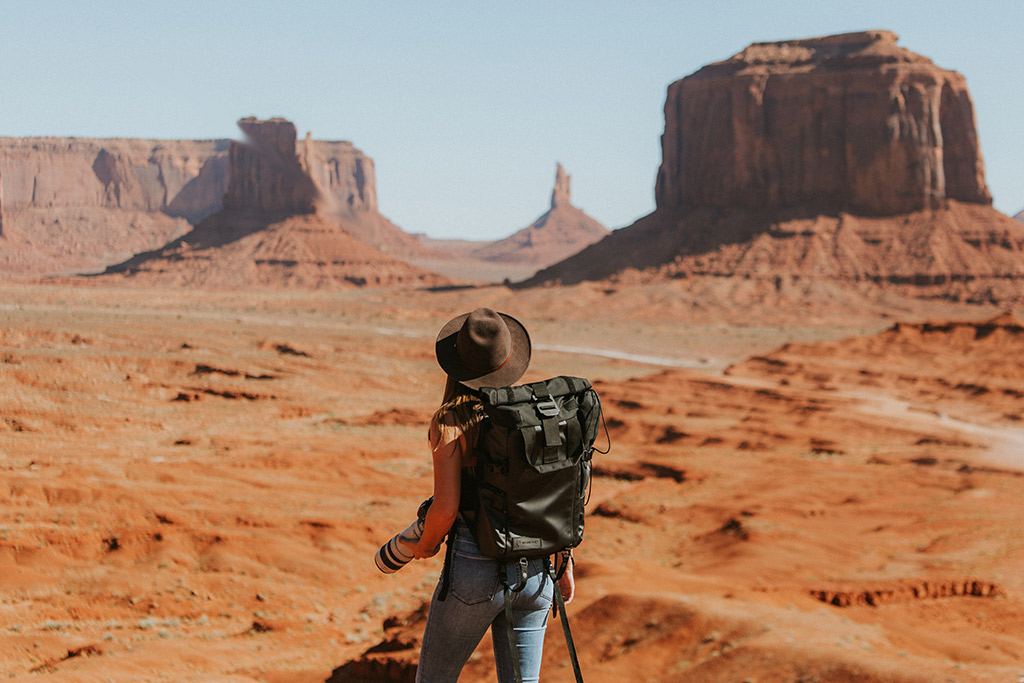
Waterproof Matches: These matches are specifically designed to ignite even in wet or damp conditions. They are a reliable backup option and should be kept in a waterproof container.
Lighter: A reliable and windproof lighter is an essential fire starter. Look for one with a flame adjustment feature and consider carrying a backup lighter as well.
 Travel AdviceDigital NomadsExPat LivingTravel Content Creation HacksPlaces to VisitAdventure TravelPrivacy PolicyTerms And Conditions
Travel AdviceDigital NomadsExPat LivingTravel Content Creation HacksPlaces to VisitAdventure TravelPrivacy PolicyTerms And Conditions
